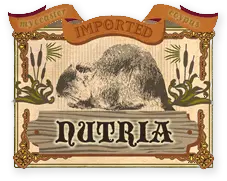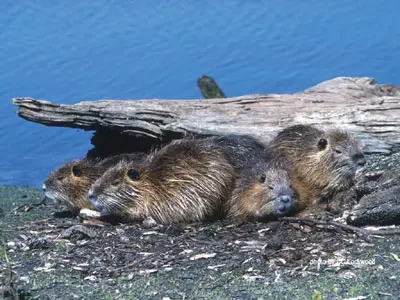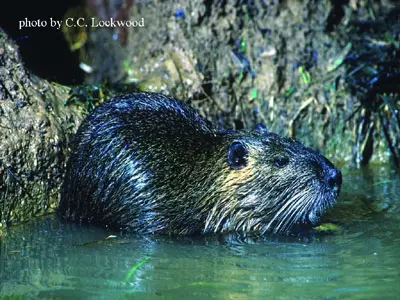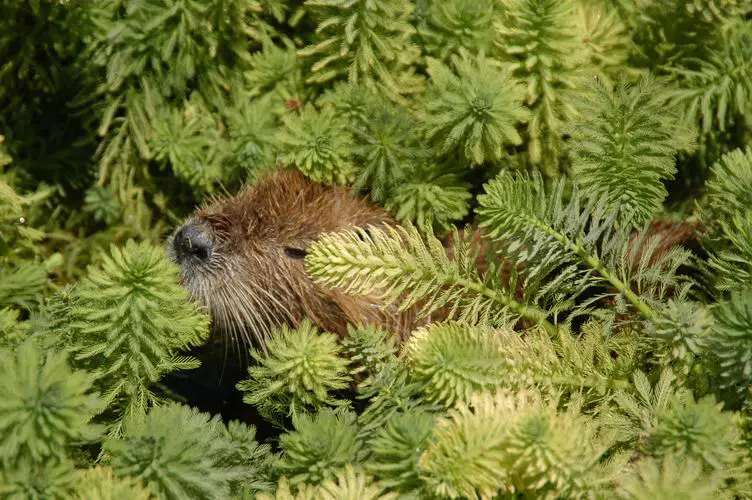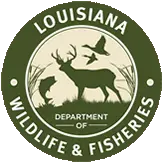Scientific Classification
Kingdom: Animalia (animals)
Phylum: Chordata
Subphylum: Vertebrata (vertebrates)
Class: Mammalia (mammals)
Order: Rodentia (rodents)
Family: Myocastoridae
Genus: Myocastor
Species: coypus
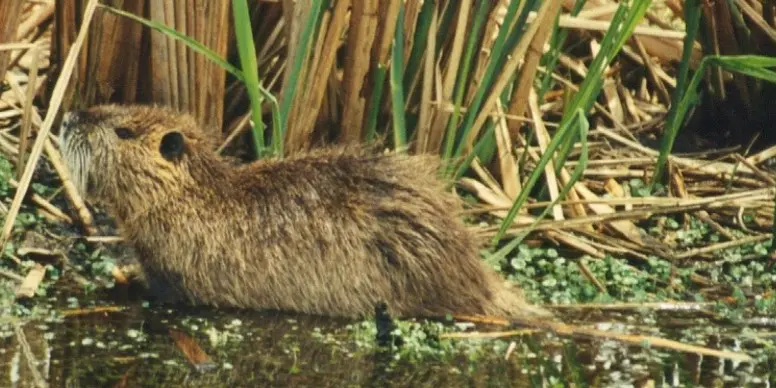
The nutria, Myocastor coypus, is a large semi-aquatic rodent. The generic name is derived from two Greek words (mys, for mouse, and kastor, for beaver) that translate as mouse beaver. The specific name coypus is the Latinized form of coypu, a name in the language of the Araucanian Indians of south-central Chile and adjacent parts of Argentina for an aquatic mammal that was possibly this species. In most of the world the animal is called coypu, but in North America the animal is called nutria. In the rest of the world, nutria is the name of the fur of the animal.
Nutria are smaller than a beaver but larger than a muskrat; unlike beavers or muskrats, however, it has a round, slightly haired tail. The forelegs are small compared with its body size. The forepaws, have five toes; four are clawed and the fifth is reduced in size. The digits are used to groom and to excavate roots, rhizomes, and burrows, and are used in feeding. The hindfoot consists of four webbed, strongly clawed toes and one unwebbed toe. The hind legs are large compared with the forelegs; consequently, when moving on land, the nutria’s chest drags on the ground and its back appears hunched. Although appearing awkward, the nutria is capable of fast overland travel for considerable distances. The ears are small and the eyes are set high on the head. The nose and mouth are valvular (i.e., can be closed to prevent entry of water), and nutria are capable of swimming long distances underwater. When pursed while underwater, nutria can see and will take evasive action to avoid capture.
Males are slightly larger then females. Nutria weigh an average of 12.0 pounds (5.4 kg). Females have four pairs of mammary glands that are located on the side of the body, rather than on the belly. Presumably, this positioning of the mammary glands allow the young to nurse with their nose above the water’s surface while the mother is floating.
Nutria breed year round and are extremely prolific. Males reach sexual maturity between 4 and 9 months, whereas, females reach sexual maturity between 3 and 9 months. Sexual maturity may vary with habitat quality. With a gestation period of only 130 days, in one year, an adult nutria can produce two litters and be pregnant for a third. The number of young in a litter ranges from 1-13 with an average of 4.5 young. Females can breed within a day of having a litter. Litter size can vary with age of female, habitat quality and time of year. The young nutria at birth are fully furred and the eyes are open. Newborn nutria feed on vegetation within hours and will nurse for 7-8 weeks.
Nutria are well adapted for movement on land, however, are more at home in the water. In the coastal marshes they are often seen moving about leisurely in the daytime, but their period of greatest feeding activity is just prior to sunrise and after sunset. Nutria are strict vegetarians, consuming their food both on land and water, where they shove aquatic plants to their mouths with their forepaws. These animals consume approximately 25 percent of their weight daily. Nutria predominately feed on the base of plant stems and dig for roots and rhizomes in the winter. They often construct circular platforms of compacted, coarse emergent vegetation, which they use for feeding, birthing, resting and grooming. Nutria may also construct burrows in levees, dikes and embankments.
(Images below: Lowery 1974; Kinler, Linscombe, Ramsey 1987; Genesis Laboratories, Inc., 2002)
Right-click on a photo to save to your computer.
